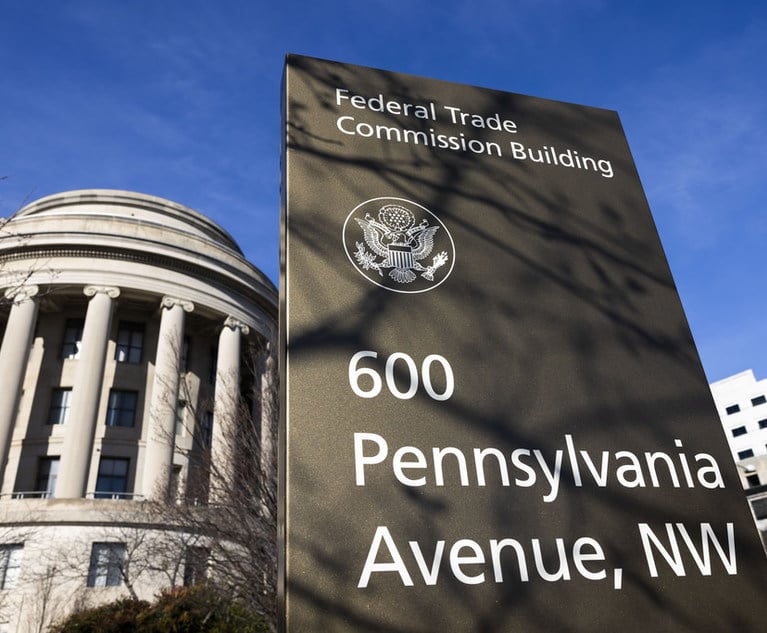 As the criminal justice landscape continues to evolve, historic New York state bail reform laws that went into effect on Jan. 1, 2020 have proven to be true game-changers when it comes to reducing pre-trial incarceration. Under monetary bail—a legal mechanism designed to ensure a defendant’s return to court—financial circumstances largely dictate who remains jailed prior to trial. Now, with reforms specifying when monetary bail can be used, there are certain misdemeanors and felonies designated as “non-qualifying” offenses for which monetary bail cannot be set. In addition, embedded in bail reform is a new approach to ensure a defendant’s return to court: judges are authorized to impose “non-monetary conditions” that can serve as an alternative to or as an addition to monetary conditions of release pending trial.
As the criminal justice landscape continues to evolve, historic New York state bail reform laws that went into effect on Jan. 1, 2020 have proven to be true game-changers when it comes to reducing pre-trial incarceration. Under monetary bail—a legal mechanism designed to ensure a defendant’s return to court—financial circumstances largely dictate who remains jailed prior to trial. Now, with reforms specifying when monetary bail can be used, there are certain misdemeanors and felonies designated as “non-qualifying” offenses for which monetary bail cannot be set. In addition, embedded in bail reform is a new approach to ensure a defendant’s return to court: judges are authorized to impose “non-monetary conditions” that can serve as an alternative to or as an addition to monetary conditions of release pending trial.
While the creation of non-monetary conditions may not grab headlines, they work exceptionally well in the burgeoning field of Emerging Adult Justice. This recent age-based movement in criminal justice reform extends protections for justice-involved youth ages 18 to 24 years. Now that “Raise the Age” legislation is in full effect—successfully transitioning most 16- and 17-year-olds out of the adult court system—the time is ripe to develop strategies to provide equitable outcomes for older youth in the New York courts.






